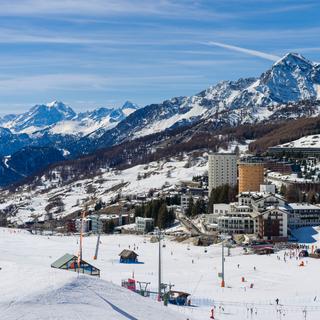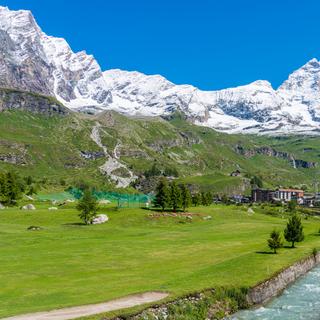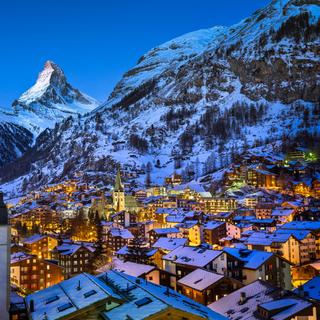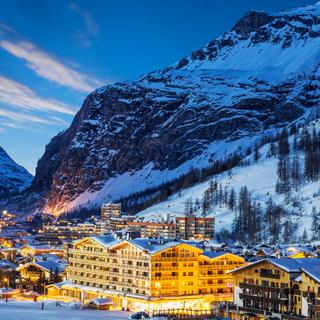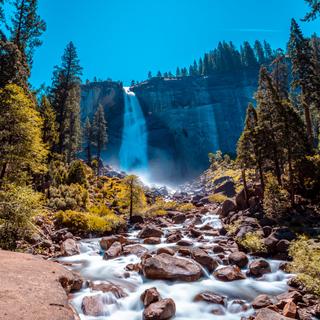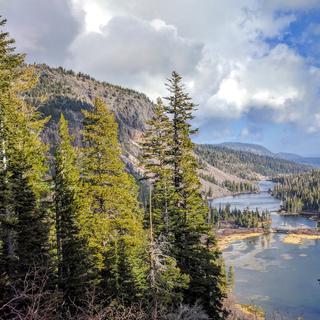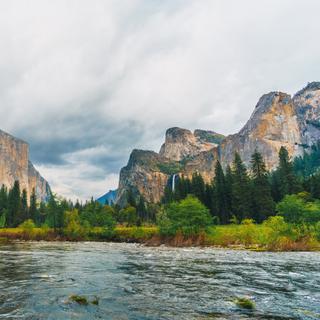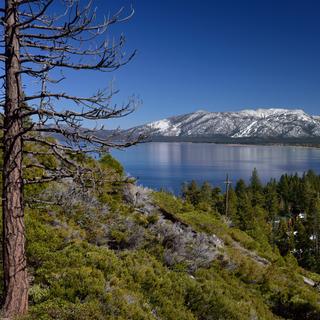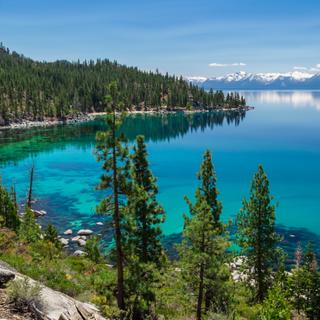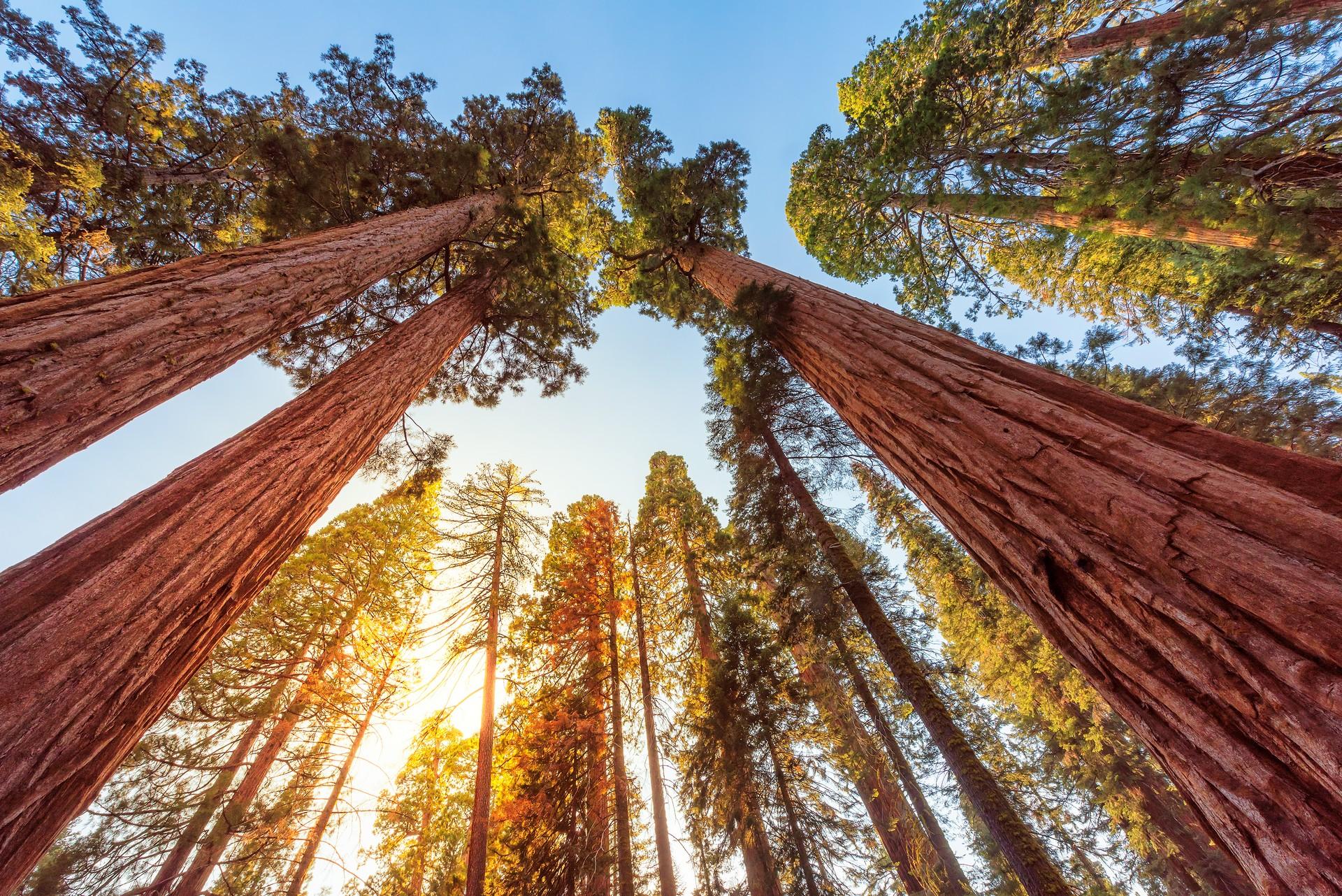
Sequoia National Park weather and climate

Sequoia National Park weather and climate
Day
18 °C
Night
6 °C
Precipitation
17 mm
in month
Rainy days
3 days
in month
Daylight
13 hours
average
Sunshine
10 hours
average
Humidity
51 %
Weather charts for Sequoia National Park
Destinations nearby and activities
Destinations nearby
Activities in Sequoia National Park

Find more destinations like this
Destinations with similar weather to Sequoia National Park
Other destinations in California - Mountains
Closest cities for Sequoia National Park
Weather overview for Sequoia National Park
Weather overview
Nestled within the United States, Sequoia National Park experiences a range of climatic conditions throughout the year. Daytime temperatures vary sharply from the chill of February's average high of -1 °C (29 °F) to the pleasant warmth of August's 18 °C (64 °F). Nighttime lows range from a frigid -11 °C (12 °F) in January to a more moderate 6 °C (42 °F) in August. June is the driest month, with a mere 3 days of rainfall, while March is notably the wettest, with 8 days of rain.
January weather
In Sequoia National Park, the daytime temperature slightly falls to an average of -1 °C (30 °F), whereas the coldest night temperatures are observed this month. Maximum rainfall is seen, amounting to 137 mm (5.40 in). The quantity of rainy days is on the rise, reaching 7 days. The increase in the number of sunny hours begins now.
February weather
The propensity for rain persists in Sequoia National Park, with a count of 8 days rainy days, but a decrease in rainfall is starting to show, recorded at 113 mm (4.44 in). Day temperatures hit their lowest at an average of -1 °C (29 °F). Daylight hours increase, marked by 8 hours of sun.
March weather
Rainy days reach their peak at 8 days in the park, with rainfall continuing to decline to 93 mm (3.65 in). The commencement of the ascent in day temperatures is noticeable, resting at -1 °C (30 °F), with a concurrent rise in night temperatures to -10 °C (14 °F). An increase in sunny hours is evident, tallying 9 hours.
April weather
Warmer days are becoming more common, with an average day temperature of 1 °C (34 °F) and night temperatures also following an upward trend. The number of rainy days begins to taper off, noted at 6 days, and rainfall quantities are seen decreasing to 70 mm (2.77 in). Sunny hours extend further, reaching 10 hours.
May weather
Rainy days continue their decline to 4 days, and rainfall further decreases to 26 mm (1.03 in). The climb in daily high temperatures remains consistent, averaging 5 °C (41 °F), while nighttime lows also continue to rise. The onset of the dry season is in May.
June weather
The ascending day temperatures are palpable, now at 11 °C (52 °F), with similarly increasing night temperatures at -1 °C (30 °F). A nadir in rainy days is reached, counting 3 days, alongside falling rainfall at 13 mm (0.50 in). The tourist influx slowly burgeons. Relative humidity hits its minimum at 46 %.
July weather
As the tourist season approaches its zenith, the increment in rainy days can be noted this month. The mercurial climb in night temperatures is apparent, and day temperatures also escalate, reaching 16 °C (62 °F). The acme of sunny hours is distinguishable in July. Ebbing wind speeds are recorded.
August weather
The apex of the tourist season is underway, concurrent with the lingering dry period. The zenith of the day temperature can be marked at 18 °C (64 °F), with the night temperature also reaching its pinnacle. The onset of declining sunny hours is observed, averaging 10 hours.
September weather
The commencement of day temperature reduction is evident, now at 14 °C (57 °F), and a downshift in nighttime lows also comes about. Thriving tourism persists, along with the extension of the dry spell. An uptick in the number of rainy days starts to manifest in September. The continuation of diminishing sunny hours is marked.
October weather
Tourism remains vigorous in October while the dry season is still apparent. The incipient rise in rainfall is discernible. The dip in day temperatures is observable, registering at 9 °C (48 °F), and nighttime temperatures press their decline. The diminution of sunny hours persists.
November weather
The downward trend in daily highs is mirrored, now with an average of 3 °C (38 °F), just as night temperatures continue their descent, recorded at -5 °C (22 °F). The initial rise in rainy days is noticeable, evidenced by 6 days, while the torrent of rainfall intensifies, reaching 90 mm (3.56 in). The crest of windspeed is visible.
December weather
The day temperature continues its descent, with December's average standing at 0 °C (32 °F), and the night temperature downturn is also apparent, averaging -10 °C (15 °F). The surge in rainfall is sustained, now measured at 133 mm (5.25 in), and the proliferation of rainy days continues, listed at 7 days. The nadir of sunny days is observed, along with soaring relative humidity.
FAQs
What is the expected number of sunny hours in Sequoia National Park for January?
January in Sequoia National Park is typically characterized by 7 hours of sunshine per day.
How long are the days in Sequoia National Park during February?
Days in Sequoia National Park stretch to an average of 11 hours in length during February.
Is Sequoia National Park entering a drier season in March?
March marks the time of transition, as the park heads towards a drier period, while still experiencing 8 days of rainfall.
What changes are observed in the average windspeed during April in Sequoia National Park?
April's winds move at a slightly heightened average speed of 6 m/s in Sequoia National Park.
What is the relative humidity in Sequoia National Park during May?
May in Sequoia National Park sees a relative humidity level of approximately 47 %.
Does June in Sequoia National Park have the longest days of the year?
Indeed, with an average day length of 14 hours, June boasts the longest days in Sequoia National Park.
What is the average windspeed in Sequoia National Park for the month of July?
The gentle breezes of July have an average windspeed of about 5 m/s in Sequoia National Park.
During August, how does the humidity in Sequoia National Park fluctuate?
In the month of August, Sequoia National Park's humidity levels ascend slightly to average around 51 %.
How significant is the change in the number of sunny hours from August to September in Sequoia National Park?
Transitioning from August to September, Sequoia National Park experiences a decrease in sunny hours, from 10 hours to 10 hours.
Can visitors expect less rain in Sequoia National Park during October?
Certainly, October offers a respite from rain in Sequoia National Park, with an average of only 4 days recording rainfall.
What is the expected day length in Sequoia National Park for November?
November brings shorter days to Sequoia National Park with an average daylight duration of 10 hours.
Does Sequoia National Park experience high windspeeds in December?
Indeed, December in Sequoia National Park is characterized by relatively high winds, averaging 6 m/s.
